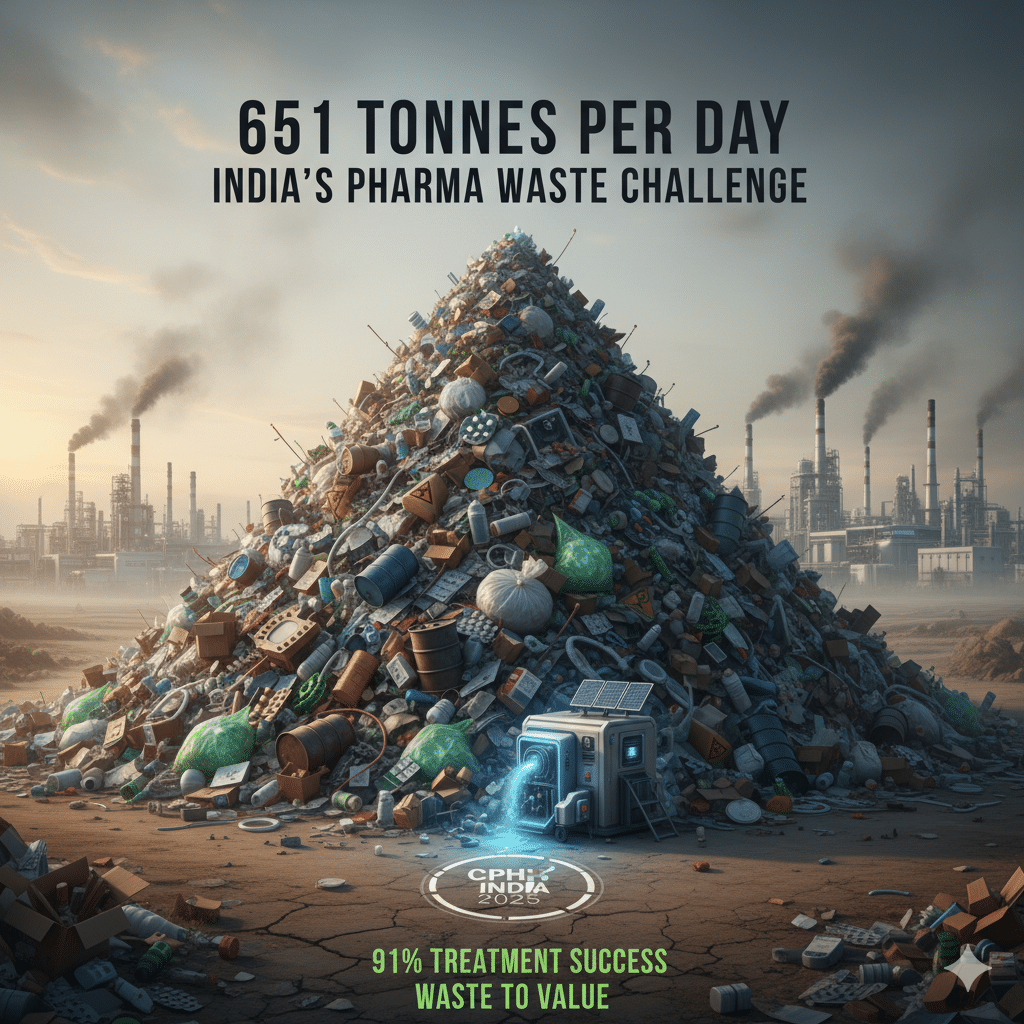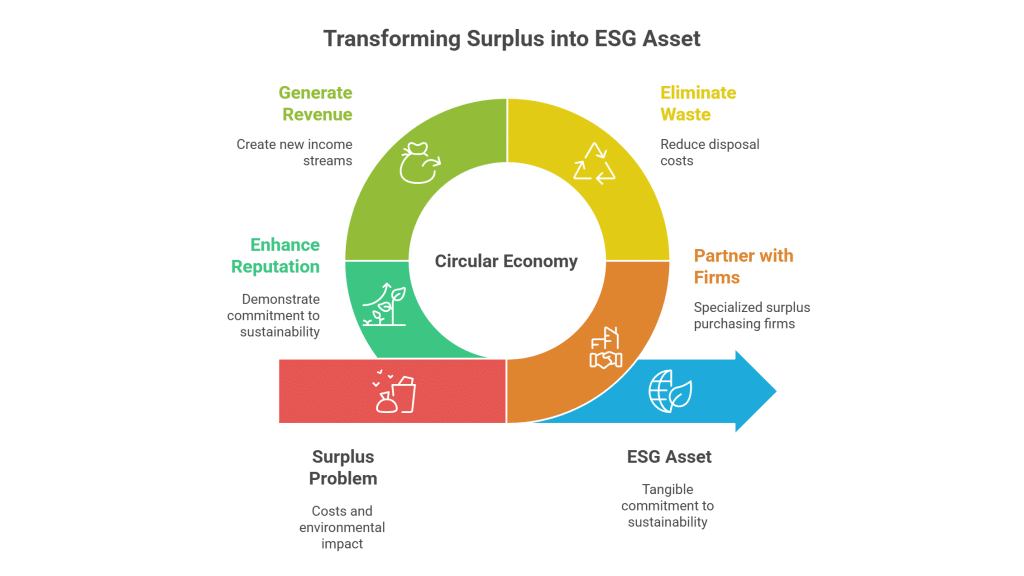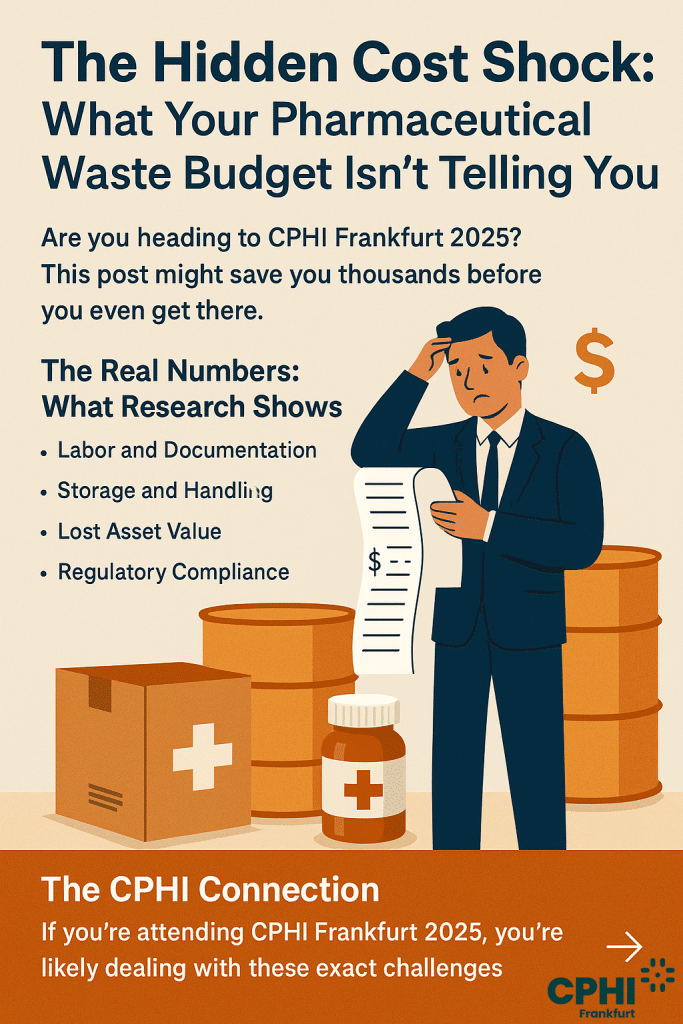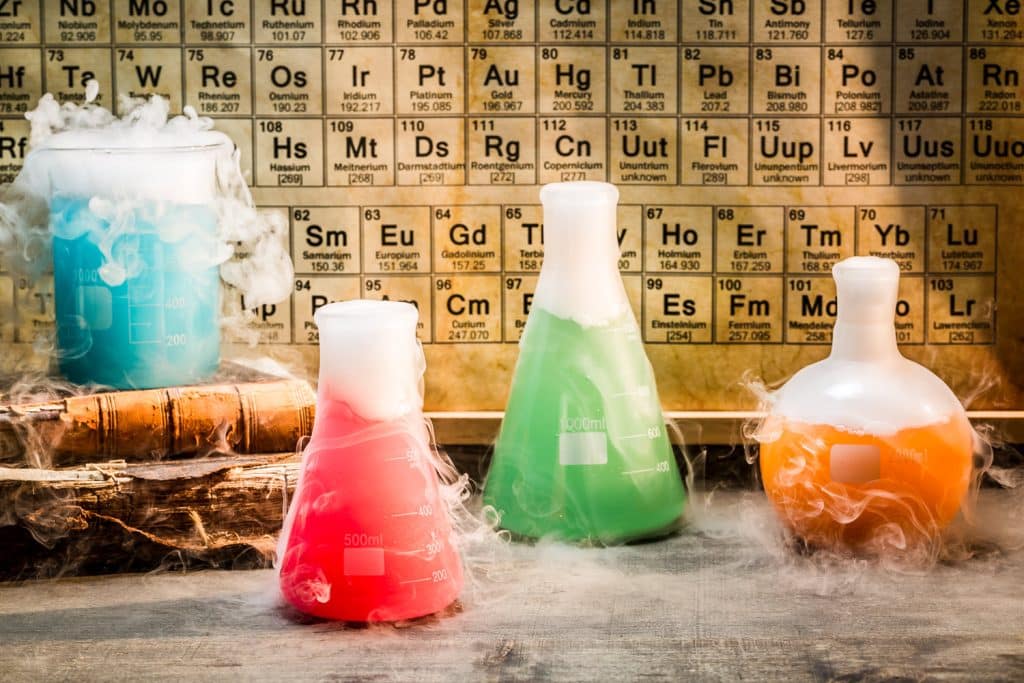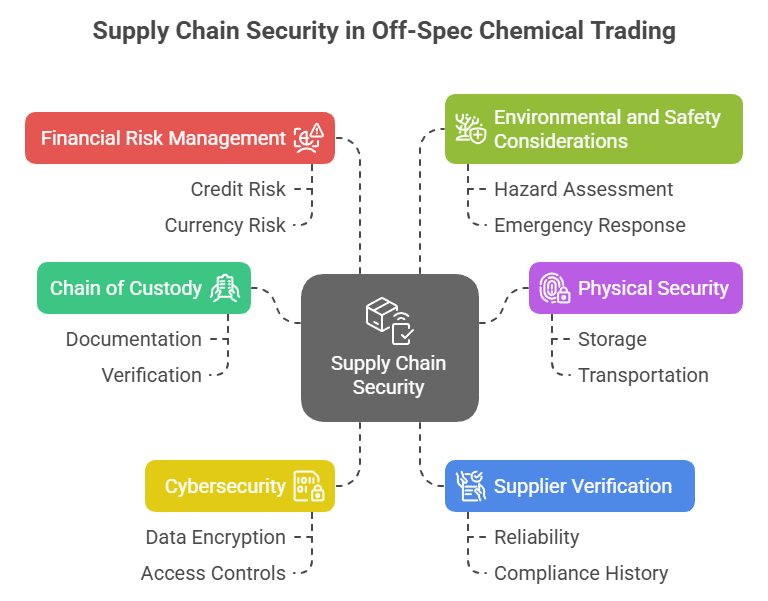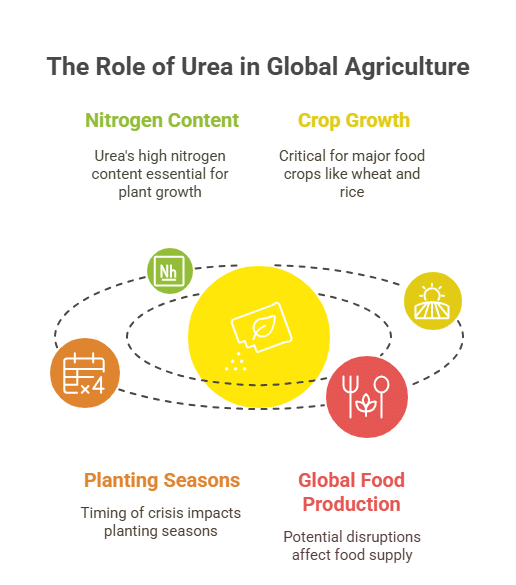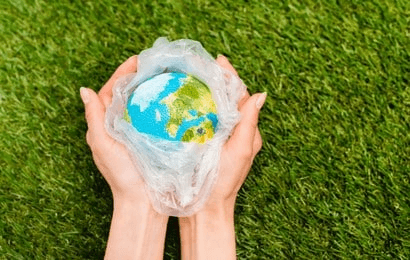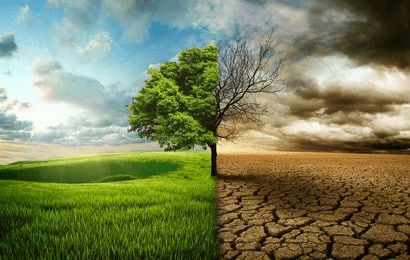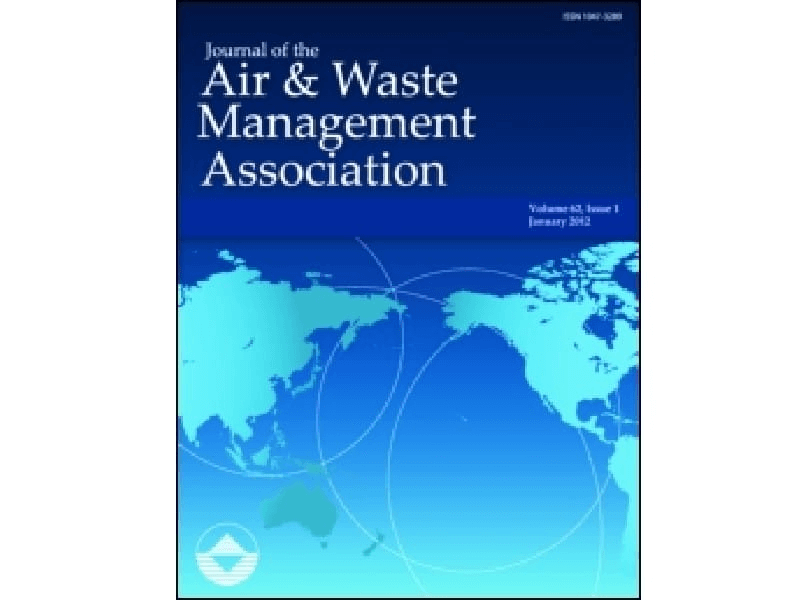Unlock the Hidden Value of Surplus Konjac Gum in Food and Cosmetics
Konjac Gum is a naturally derived polysaccharide extracted from the root of the konjac plant (Amorphophallus Konjac). Renowned for its high glucomannan content, it plays a vital role as a thickener, stabilizer, and gelling agent in both food and cosmetic products. Manufacturers and formulators value Konjac Gum for its unique ability to improve texture and enhance product stability. When surplus stocks accumulate, they present a valuable opportunity—as excess inventory, Konjac Gum can be repurposed, traded, and turned into a revenue stream.
Surplus Trading of Konjac Gum: Optimizing Inventory for the Food & Cosmetics Sectors
Engaging in surplus trading of Konjac Gum offers tremendous benefits. Buyers gain access to high-quality ingredients at competitive prices, reducing production costs while maintaining product excellence. Sellers, on the other hand, can recover costs, free up critical storage space, and avoid expensive disposal processes. This eco-friendly exchange not only supports cost-effectiveness but also contributes to sustainability by mitigating waste and reducing environmental impact. Companies can profit from their excess stock and help drive greener industrial practices.
Industry Applications of Konjac Gum in Food and Cosmetics
For buyers in both food and cosmetics, accessing surplus Konjac Gum ensures a reliable, cost-effective supply of a premium ingredient. This not only helps in reducing material costs but also supports innovative product development and quality enhancement, resulting in competitive advantages in crowded markets.
Sellers benefit from surplus trading by converting idle stock into revenue while relieving the burden of storage and disposal costs. Moreover, this practice enhances environmental credentials by reducing chemical waste and promoting sustainable inventory management, aligning perfectly with current green industry trends.
Table of Contents
Transforming Excess into Opportunity: A Konjac Gum Success Story
A prominent cosmetics company found themselves grappling with an oversupply of Konjac Gum due to an unexpected dip in production demand. Instead of allowing the surplus to incur storage costs and risk degradation, they opted to trade the excess inventory via a specialized surplus platform. This strategic move not only generated additional revenue but also provided food manufacturers with a cost-effective source of high-quality Konjac Gum for their innovative, health-focused products. The successful transaction exemplified how surplus trading can optimize resource utilization, bolster sustainability, and deliver economic benefits across both the food and cosmetics sectors.



